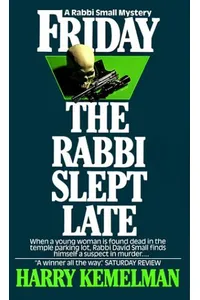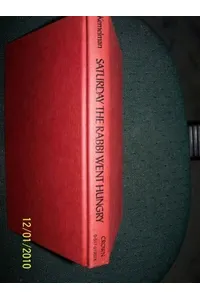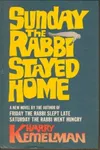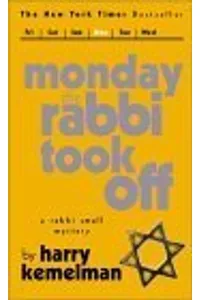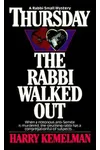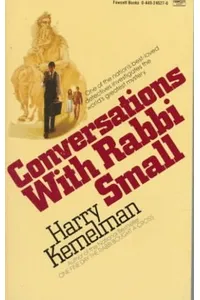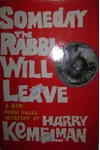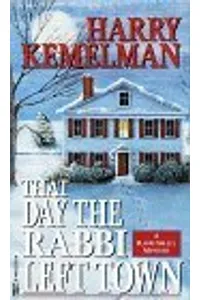Step into the cozy yet thrilling world of Rabbi David Small, where Talmudic wisdom meets clever sleuthing in a charming blend of mystery and Jewish culture! Harry Kemelman’s Rabbi Small Mysteries series, set in the fictional Barnard’s Crossing, Massachusetts, follows a young Conservative rabbi who solves crimes while navigating synagogue politics and post-World War II Jewish life. With its unique mix of faith, logic, and whodunits, this series is a hidden gem for mystery lovers and culture enthusiasts alike.
From the moment Rabbi Small debuted in 1964, readers were hooked on his unassuming brilliance and the rich tapestry of Jewish traditions woven into each case. Whether you’re a fan of classic mysteries or curious about Jewish-American history, Rabbi Small’s adventures offer a delightful escape.
How Rabbi Small Began
Harry Kemelman, a Boston-born English professor and son of Russian Jewish immigrants, created Rabbi David Small inspired by his own observations of suburban Jewish life. After struggling to publish a novel about temple-building, Kemelman’s editor suggested adding a mystery twist. The result was Friday the Rabbi Slept Late (1964), which won the 1965 Edgar Award for Best First Novel and launched a 12-book series. Kemelman’s goal was to teach Judaism to both Jews and Gentiles, using Rabbi Small’s logic-driven investigations to illuminate Jewish law and ethics.
The Heart of Rabbi Small
The series kicks off with Friday the Rabbi Slept Late, where Rabbi Small must clear his name after a nanny’s murder near his temple. In Saturday the Rabbi Went Hungry (1966), a mysterious death on Yom Kippur sparks debate over suicide versus murder, testing Small’s deductive skills. Tuesday the Rabbi Saw Red (1973) sees him at Windemere Christian College, unraveling a professor’s murder amid campus intrigue. The final book, That Day the Rabbi Left Town (1996), follows Small as a college professor investigating another academic’s death.
Kemelman’s mysteries stand out for their vivid portrayal of 1960s–70s Jewish-American life, exploring tensions between tradition and assimilation. Rabbi Small, a scholarly yet relatable hero, uses Talmudic logic to solve crimes, offering readers a window into Jewish beliefs and practices. The small-town setting of Barnard’s Crossing, with its quirky congregants and synagogue squabbles, adds warmth and humor, making each book feel like a visit with old friends.
The series’ style is cozy yet sharp, balancing intricate plots with cultural insights. Kemelman’s focus on ethical dilemmas and community dynamics elevates the mysteries beyond simple whodunits, appealing to readers who crave substance with their suspense.
Why Rabbi Small Resonates
The Rabbi Small series captivated millions, with over seven million copies printed and translations in numerous languages. Its blend of accessible mysteries and Jewish cultural education drew a diverse readership, with non-Jews making up an estimated 90% of fans. The series inspired a 1976 TV movie and a short-lived NBC series, Lanigan’s Rabbi, cementing its pop culture footprint. Kemelman’s work also paved the way for later Jewish mystery writers like Faye Kellerman, proving that faith-based sleuths could shine in mainstream fiction.
Today, Rabbi Small remains a beloved figure for its nostalgic charm and timeless themes of justice, faith, and community. Its snapshot of post-World War II Jewish-American life continues to fascinate readers seeking both entertainment and enlightenment.
- First Book: Friday the Rabbi Slept Late (1964)
- Last Book: That Day the Rabbi Left Town (1996)
- Total Books: 12
- Award: 1965 Edgar Award for Best First Novel
Grab Friday the Rabbi Slept Late and dive into Rabbi Small’s world of mysteries and wisdom! Whether you’re solving crimes or savoring Jewish traditions, this series promises a delightful journey.
